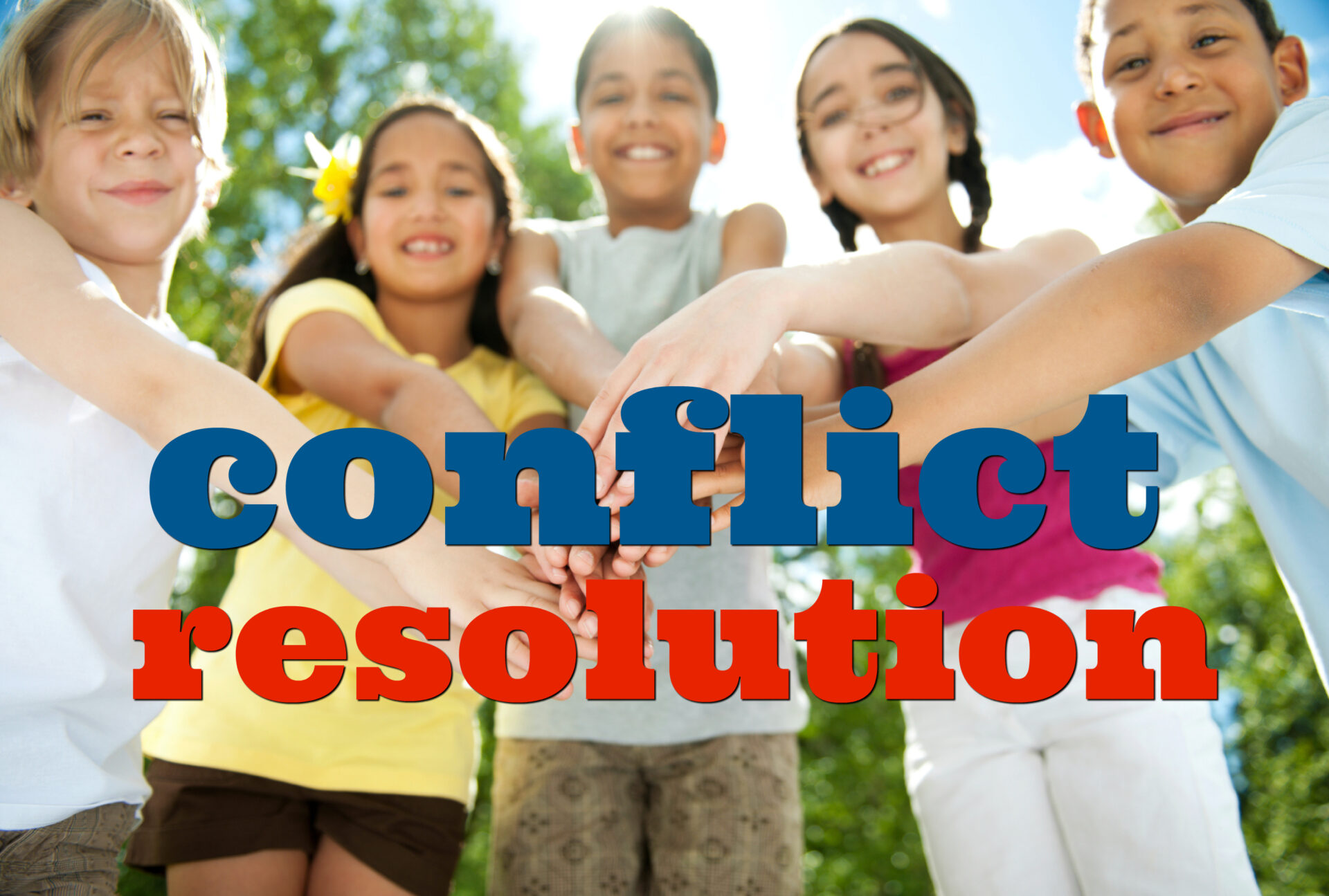Understanding Conflicts with Students*

Sometimes we get into it with students. Most often it involves grades, exams, and excuses. And most often, at least from our perspective, the students don’t have a case. The grade is fair, the exam contains predictable content, and the offered excuse is lame. We dismiss the complaint and deny that a problem exists.
And most of the time we are right, at least from our perspective. But how do these conflicts look from the student side? Maybe first we ought to ask whether it matters how it looks from the student perspective, especially when we are right and they are wrong.
Researchers Tantleff-Dunn, Dunn, and Gokee believe there are reasons to consider the student perspective. “Regardless of the legitimacy of students’ concerns, … a better understanding of students’ perspectives on the role of instructors in stimulating and exacerbating disputes may reduce the incidence and severity of conflicts.” (p. 198)
The bottom line is this: who’s right really isn’t the issue if the exchange results in the student disconnecting from the learning process.
To gain insight on student perspectives, the researchers surveyed 107 undergraduates asking them eight open-ended questions about the most memorable conflict they had experienced with a professor. They asked for a description of what the conflict involved, what actions the student took, how the professor responded, how they felt about the response, and if they would have preferred that the instructor had responded in another way.
And not surprisingly, the three most common sources of conflict were all what we would have predicted — grades, exams, and excuses. But they weren’t the only sources of conflict. “Dissatisfaction with professors’ interpersonal conduct, perceived teaching deficits, discriminatory treatment, and lack of clarity or unwillingness to answer questions accounted for almost a third of conflicts.” (p. 200)
Almost 50 percent of the students in this sample reported feeling negative emotions about the professor’s reactions. At first, that doesn’t seem surprising. If a student is unhappy about a grade and wants it changed, and the professor doesn’t make that change, of course the student is going to be unhappy. But surprisingly that isn’t what the students in this sample reported. “Overall, when asked to describe their preferred outcome, relatively few students stated that they would have preferred a grade change. Rather, the outcomes that were most preferred by almost one third were more feedback and greater listening.” (p. 200) This finding is counter to the assumption that the only way to satisfy students is to give in to them.
But the most frequent faculty response to student objections, according to the students, was to do nothing or to deny that a problem existed. “Students were overwhelmingly dissatisfied with this response. Clearly faculty need to address concerns of students no matter how illegitimate a professor might think they are.” (p. 201)
However, when faculty deal with students in ways that students perceive as defensive, retaliatory, humiliating, or insincere, that also leads to high levels of student dissatisfaction. The researchers make the point again that “students may act in inappropriate ways that precipitate conflict, and students’ perceptions sometimes may be very distorted and based on their personal issues. Nevertheless, responding inappropriately is unprofessional and likely to fuel unnecessary power struggles that deter effective conflict resolution.” (p. 200)
The most promising and positive finding of this study relates to the preferred responses that these students reported. They want faculty to listen, to hear them out, and then respond. “An examination of responses preferred by students indicates that responsiveness, admission of mistakes, being respectful, and being concerned are the actions most desired.” (p. 201)
Even if a student objects wrongly, responding thoughtfully and respectfully may teach the student other important lessons. Moreover if we can successfully resolve the conflict, that means a quicker return to the real tasks of education — teaching and learning.
*This article was wrote by and published in https://www.facultyfocus.com/articles/effective-classroom-management/understanding-conflicts-with-students/

